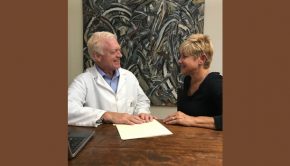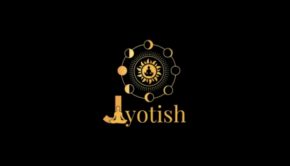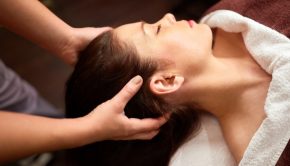An Ounce of Prevention is Worth a Pound of Cure
by Michael Goldberg
Dentistry is generally practiced by dealing with the most obvious perceived problem first. We move ahead as quickly as we can toward a goal such a repairing or replacing a tooth (curative) in search for a cure. This is how traditional insurance companies reimburse doctors. They are reactive to specific problems, patient complaints and promote specialty care, which along with emergency tools, are the most expensive options.
Causative healthcare is also called integrative, alternative, functional or biorational. This approach analyzes a problem by finding the cause. More importantly, it promotes looking at the individual as a whole and analyzing their current lifestyle to determine how that might be contributing to a future problem that has not yet been manifested and thus, prevention.
Preventive dentistry values listening, collecting data, analysis, problem-solving, and predictive and cognitive skills. It requires time, thought and the participation of the patient. A recent study showed that the average time spent by physicians with patients is about 15 minutes. They spend only 27 percent of their time seeing patients and the rest is devoted to paperwork.
While such cognitive skills are taught during the first two years of medical and dental schools, they are quickly set aside in place of teaching techniques that will eventually be rewarded financially. Taking a thorough history is the first thing all doctors are taught, but reimbursements for listening, data intake and thinking are poor. The bottom line is that doctors aren’t listening.
Dentists are taught about the role of diet in the process of decay, yet few ever speak to their patients about it. While there is actually an insurance code for this, it is rarely used and poorly reimbursed or not considered a covered service. Until the public demands more from their healthcare practitioners, insurance carriers or government, the process will not change.
Proactive care, might be a bit more costly, but it presents a huge savings in prevention of disease and sustainable wellness. In 2012, $1.6 billion was spent on dental-related problems brought into emergency rooms. Just how many of those visits could have been prevented is unknown, but what is know is that emergency room care is the most costly form of any healthcare, with estimates that such care represents 6 percent of all healthcare, or about $160 billion a year.
It’s up to patients to demand more. In addition to writing a letter to a government representative or HR department, one of the benefits of our age is the viral effect the Internet can have. The more we talk about changing the system, and take some action, the more likely it will change.
Dr. Michael Goldberg practices biorational dentistry at Manhattan Dental Health, with offices on Madison Ave., NYC, and River Edge, NJ. For more information, call 201-881-0660 or visit ManhattanDentalHealthNJ.com.




























